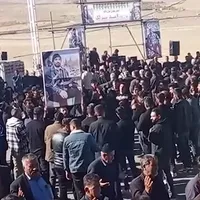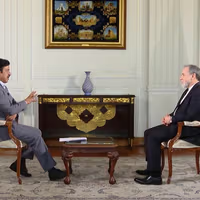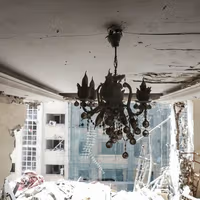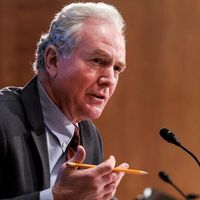From vanishing water reserves and dried wetlands to fragile cities, failing infrastructure and a fossil-fuel-dependent economy, decades of reactive decisions have set the country on an unmistakably unsustainable path.
Iran now stands on the brink of “water bankruptcy,” a term describing when consumption far exceeds natural replenishment.
Over-extraction from aquifers, unchecked dam-building, inter-basin transfers, and ill-planned agricultural projects have left more than 500 plains suffering groundwater collapse and land subsidence—what experts call a “silent earthquake.” In some areas, land sinks by more than 20 centimeters a year.
Hundreds of villages across central and eastern Iran now lack safe drinking water, triggering waves of climate-driven migration.
The crisis no longer threatens only agriculture and food security but the country’s social stability and national security.
No climate plan
Iran is among the world’s most climate-vulnerable nations.
Rising temperatures, shrinking snowfall, extended droughts and intensifying dust storms reveal the scale of change, yet the country still lacks a national adaptation plan.
Limited engagement with international scientific bodies, poor climate data and a reactive policy mindset have weakened its ability to respond.
While many countries invest in innovations like smart farming and early-warning systems for floods and droughts, Tehran’s measures remain short-term and unsustainable.
Cities Strained
In five decades, Iran has urbanized at one of the fastest rates globally—without the infrastructure or governance to match.
Tehran, Mashhad, Isfahan and Ahvaz now face toxic air, crumbling public services, decaying neighborhoods, and growing informal settlements.
Municipal priorities lean toward costly showcase projects instead of building resilient, livable cities.
As a result, Iran’s urban quality-of-life indicators remain far below global averages, and its cities are increasingly vulnerable to earthquakes and floods.
Self destruction
Iran’s economy remains tethered to the overuse of natural resources and fossil fuels, eroding efficiency and environmental security.
Agriculture, despite contributing little to GDP, consumes more than 90% of the nation’s water—often to grow water-intensive crops like rice and pistachios in arid zones.
Inefficient subsidies for energy and water encourage overconsumption, soil degradation and aquifer depletion. Heavy reliance on oil and gas fuels pollution and delays a shift toward a green economy.
Unlike many of its neighbors, Iran still lacks a binding strategy for renewable energy—a gap that risks locking the country into technological stagnation and environmental decline.
Governance at the core
At its core, Iran’s crisis stems less from a lack of natural resources than from weak governance and fragmented decision-making.
Years of unscientific, short-term policymaking and exclusion of civil and expert institutions from decision processes have eroded the capacity for sustainable development.
Centralized, project-based management continues to dominate where transparency, public participation and local knowledge could drive meaningful solutions.
Sustainable development is no longer optional. It is vital to Iran’s survival.
Continuing the current course—from vanishing wetlands and land subsidence to air pollution and climate migration—will erode the country’s ecological and human foundations.
Reversing course will demand a new development model—one built on sustainable water management, restored aquifers, reformed crop patterns, national climate adaptation, urban renewal and investment in clean energy.
Yet these are tall orders—and they appear far down the list of priorities for rulers consumed by political rather than ecological survival.










